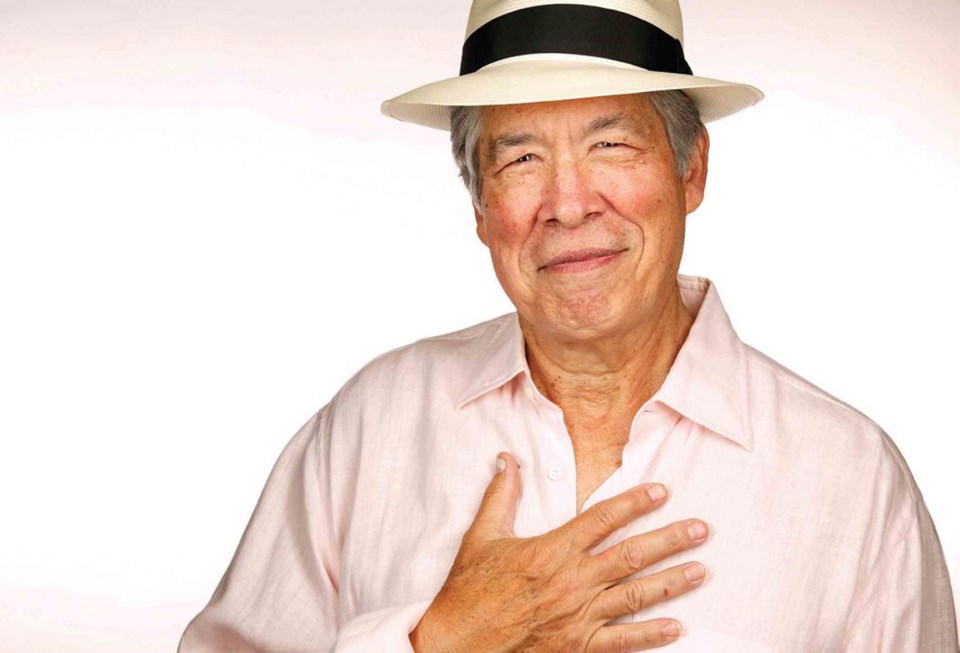Today, a lot of people declare, “I don’t eat meat anymore.” But is that a wise choice? Humans have been eating meat since cavemen discovered it was a good way to survive.
Now, eons later, there are many valid reasons for eating meat. It’s an important source of iron. I’d have to ingest three cups of raw spinach to obtain the same amount of iron contained in a six-ounce steak. I don’t like spinach, so this is an easy choice for me.
Iron is lacking in many North Americans’ diets. The recommended daily allowance for iron is 18 milligrams, but the typical diet contains only six mg. Low stores of iron can result in fatigue.
And the iron you get from meat isn’t just any old iron. Meat is rich in “heme” iron. This is the type more easily absorbed by the body than “non-heme” iron.
Steak also contains a bunch of the B-complex vitamins along with zinc and phosphorus. It’s rare that people ever think about zinc in steak. But many do not consume sufficient zinc, required for reproduction, growth, night vision and the manufacture of hormones.
Meat is the complete protein. This means it contains the nine essential amino acids that are required for maintaining body tissues and a healthy immune system. These essential amino acids cannot be produced by our bodies.
Those who are concerned about calories should know that a six-ounce steak trimmed of fat, contains just 6.0 grams of fat and provides only 366 calories. Compare this amount to roasted chicken with skin that has 23 grams of fat. And if you enjoy peanut butter, four tablespoons of it contain 32 grams of fat.
Some people who have developed “cholesterolphobia” say this is why they just eat chicken and fish. But a six-ounce steak contains 146 mg of cholesterol, the same amount you’d find in roasted skinless chicken.
But can a rare steak help the heart? In 1957 Dr. Frederick Crane was the first researcher to isolate coenzyme Q10 (Co-Q10) from beef heart. It’s amazing that it escaped everyone’s attention that meat is one of the major sources of Co-Q10.
But if you like your steak well done, it not only tastes like leather, but also destroys Co-Q10.
There is more bad news about the destruction of Co-Q10. Today millions of North Americans, one in four over the age of 45, are taking cholesterol-lowering drugs. This medication acts on an enzyme in the liver to decrease the production of cholesterol, but it also reduces the amount of Co-Q10, the energy of the heart. Since many patients taking CLDs are not taking Co-Q10 supplements, some researchers worry there may be an increase of heart failure in the future. Good sense indicates you cannot rob the heart of its energy year after year without expecting trouble.
People used to cook their meat to the well-done stage because of fears of toxoplasmosis. This is a disease brought about by a parasite that once could be spread by eating undercooked meat. It’s unlikely today that animals raised for human consumption would be exposed to the parasite.
Toxoplasmosis is no longer a common household term. But if the parasite is contacted, it can cause enlarged neck glands, fatigue, fever and an enlarged spleen. In rare cases it affects eyes and the nervous system. In most cases, it’s so mild it requires no treatment and might even not be noticed.
“So, waiter, I’ll still have my steak blue. Please tell the chef to spare the heat. And to increase my good cholesterol, don’t forget a glass of cabernet sauvignon.”
Online: docgiff.com
Email: [email protected]



